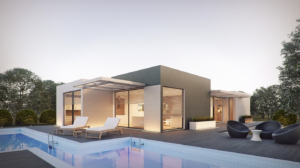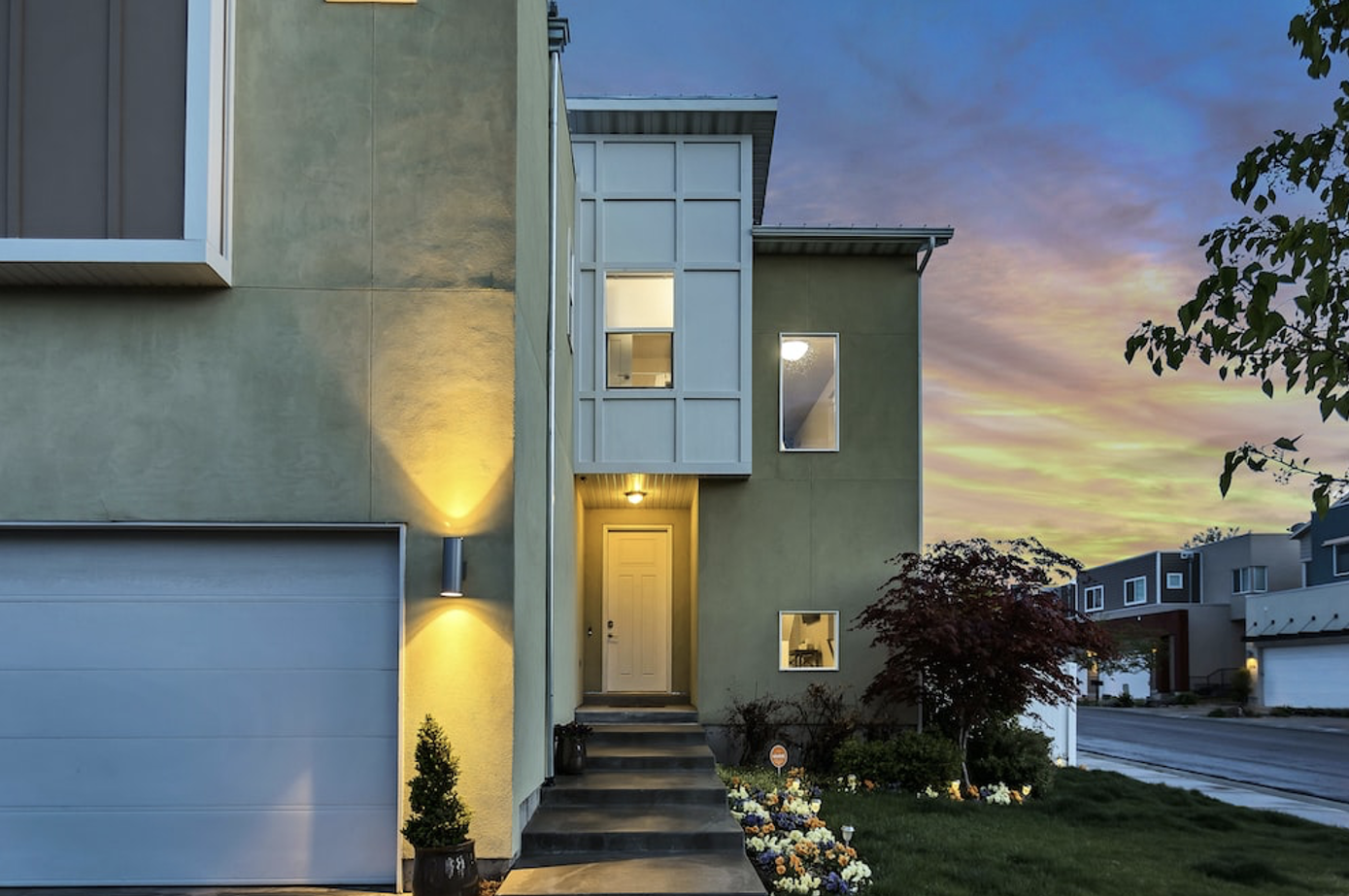Are you considering building a new home or renovating your existing property? One of the biggest decisions you will make is choosing a standard for measuring the energy efficiency and sustainability of your home. Net-zero and LEED are two popular options, each with its own unique benefits. In this blog post, we explore the differences between net-zero and LEED homes to help you decide which standard is right for you.
Net-Zero Homes
These homes are designed to produce as much energy as they consume over the course of a year. This means that any energy used by the home is offset by renewable energy sources like solar panels or wind turbines. Net-zero homes typically have high-efficiency appliances, insulation, and windows. And, they also have renewable energy systems. The goal of a net-zero home is to reduce or eliminate the home’s dependence on fossil fuels and the grid.
LEED Homes
LEED, or Leadership in Energy and Environmental Design, is a rating system developed by the U.S. Green Building Council. It assesses the sustainability of a building across several areas. This includes energy efficiency, water efficiency and quality of the indoor environment. LEED homes typically have many of the same features as net-zero homes, such as high-efficiency appliances and insulation. That said, they’re required to produce as much energy as they consume.

Net-Zero vs. LEED Homes
Both net-zero and LEED homes can provide significant benefits to homeowners. Net-zero homes can save homeowners money on energy costs over time, as they will not need to purchase as much energy from the grid. They can also provide a sense of independence and self-sufficiency, knowing that your home is producing its own energy.
LEED homes, on the other hand, may not be as energy-efficient as net-zero homes, but they can still save homeowners money on energy costs and provide a healthier indoor environment. Also, they often have lower water bills, as they are designed to conserve water. Additionally, LEED homes can provide a sense of pride and accomplishment, knowing that your home is a leader in environmental performance.
Ultimately, the right choice for your home will depend on your specific needs and priorities. If you want to reduce or eliminate your dependence on fossil fuels and the grid and save money on energy costs over time, a net-zero home may be the best choice. If you want to improve your indoor environment, conserve water, and be a leader in environmental performance, a LEED home may be the best choice.
Costs vs. Benefits
It’s also important to consider the cost of building and maintaining a net-zero or LEED home. They are often local incentives for building energy-efficient homes. (Be sure to ask us about those!) Both standards can be expensive to implement, and some homeowners may not be able to afford the initial cost. However, with the cost of renewable energy and energy-efficient technologies continuing to decrease, long-term savings may make it worth the investment.
Ask the Experts for Help!
Both net-zero and LEED are great options for homeowners looking to improve the energy efficiency and sustainability of their homes. If you are looking to consult experts before making a final decision, be sure to get in touch with us!
Top image source: https://unsplash.com/photos/outdoor-lamps-turned-on-XbwHrt87mQ0
